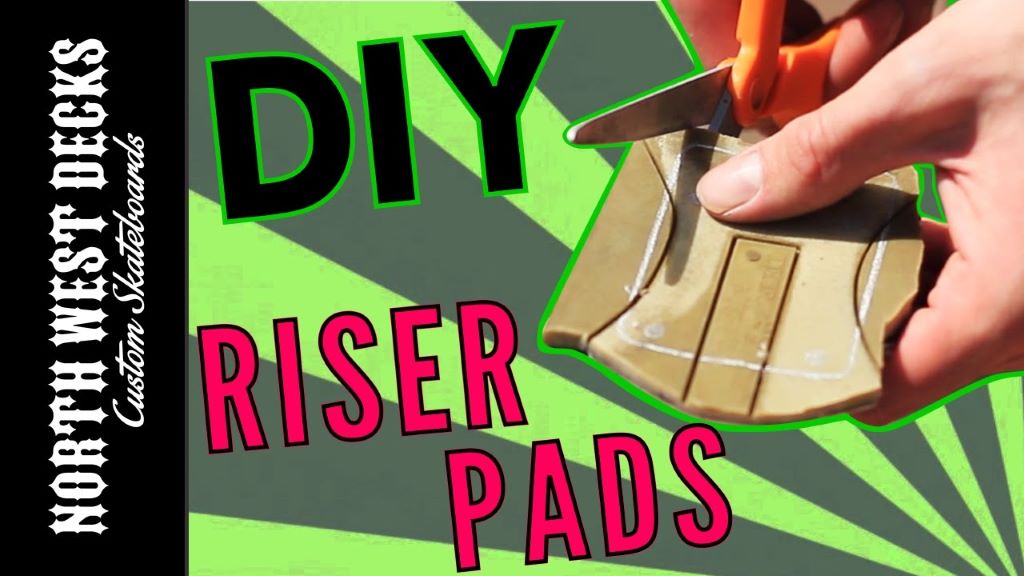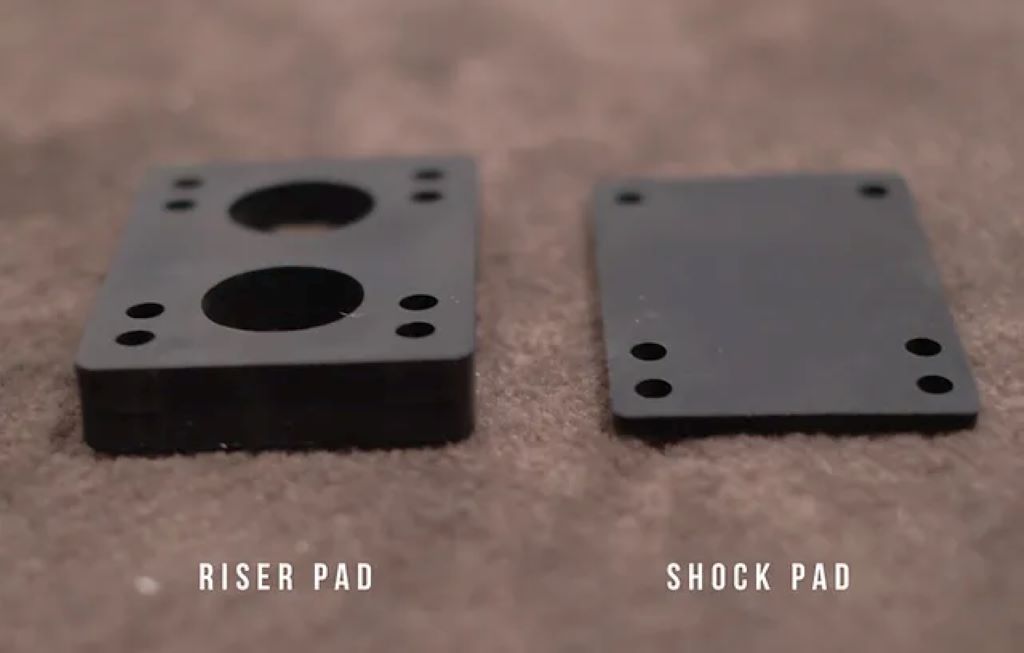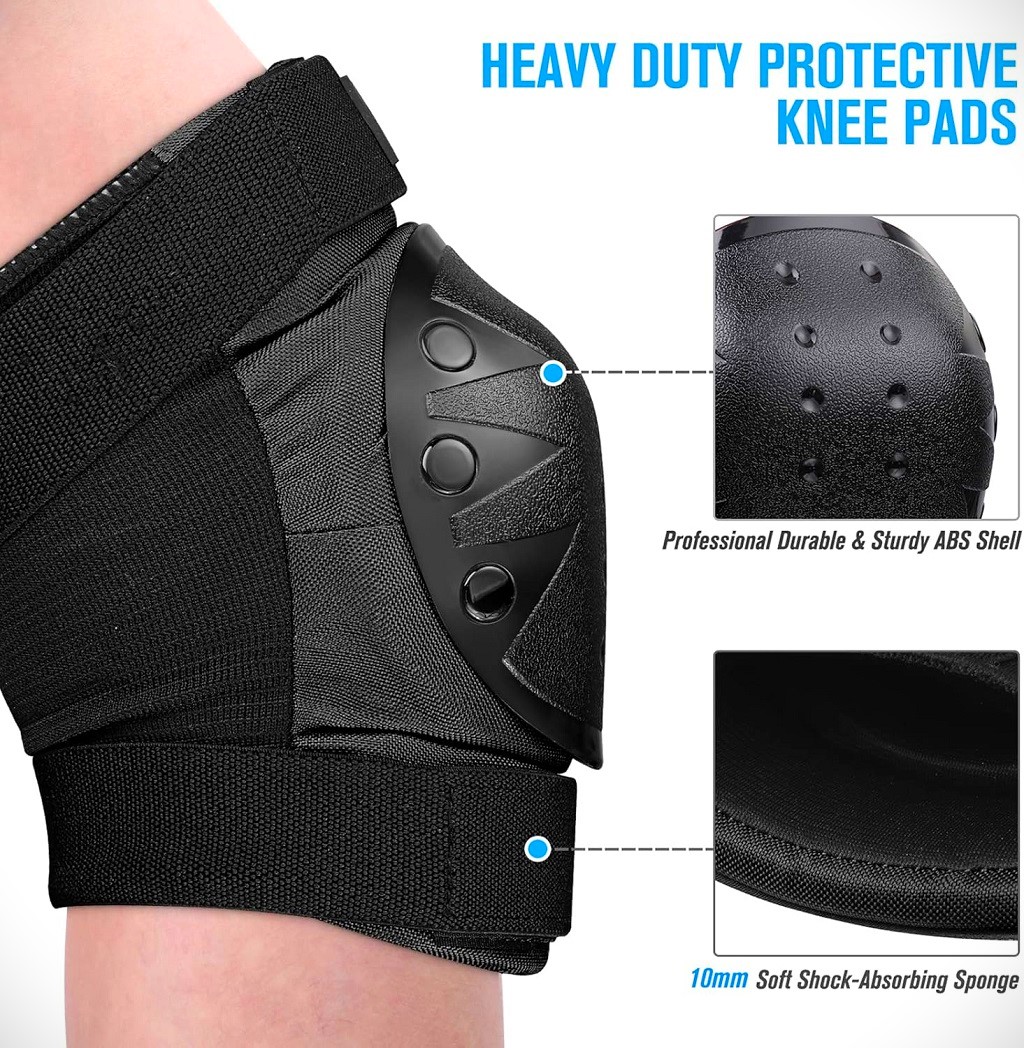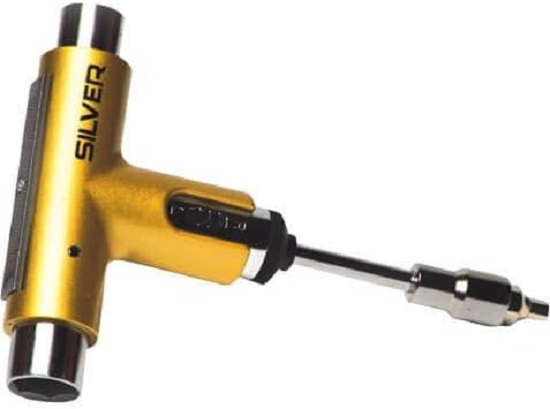Skateboard riser – that small, seemingly insignificant pads placed between your trucks and deck – plays a surprisingly pivotal role in your ride. They can prevent wheel bite, increase turning radius, and even offer shock absorption. But the question remains: should you buy pre-made risers, or embrace the DIY spirit? Let’s dive into the pros and cons of each option to help you make an informed decision.
A Pre-Made Skateboard Riser: Convenience and Variety
Pre-made risers are readily available in skate shops and online stores, offering a quick and easy solution. They come in various materials (rubber, plastic, aluminum), thicknesses (1/8″, 1/4″, 1/2″), and even shapes (angled, shock-absorbing).
Pros:
- Convenience: No tools, measuring, or crafting are required. Simply install and skate.
- Variety: Choose from a wide range of materials, thicknesses, and shapes to suit your needs.
- Reliability: Made from high-quality materials designed for skateboarding.
- Aesthetics: Some pre-made risers come in various colors and patterns, adding a touch of personal style to your setup.
Cons:
- Cost: Can be more expensive than DIY options.
- Limited Customization: You’re restricted to the available sizes and shapes.
- Environmental Impact: Manufacturing and packaging contribute to waste.
DIY Skateboard Riser: Creativity and Customization

DIY risers are a fun and affordable way to personalize your skateboard. You can use a variety of materials like old skateboards, shoe insoles, or even hockey pucks.
Pros:
- Affordability: Often made from recycled or readily available materials.
- Customization: Create risers in any shape, size, or thickness you desire.
- Creativity: Express your artistic flair with unique designs and materials.
- Sustainability: Upcycling materials reduces waste and environmental impact.
Cons:
- Time and Effort: Requires tools, measuring, and some DIY skills.
- Durability: May not be as long-lasting as pre-made options, depending on the materials used.
- Performance: Homemade risers might not offer the same level of shock absorption or precision as those designed for skateboarding.
Choosing the Right Skateboard Riser Option for You
The best riser option ultimately depends on your individual needs and preferences. Consider the following factors:
- Budget: If you’re on a tight budget, DIY risers are a cost-effective alternative.
- Time and Skills: If you enjoy tinkering and have basic DIY skills, making your own risers can be a fun project.
- Performance: If you prioritize shock absorption or specific turning characteristics, pre-made risers might be a better choice.
- Customization: If you want a unique look or have specific requirements for size and shape, DIY allows for more creative freedom.
Related: Deck Rail Maintenance Q&A: Ask a Skate Shop Expert
DIY Riser Ideas:
If you’re feeling adventurous, here are a few DIY riser ideas:
- Old Skateboards: Cut up an old deck to create sturdy, recycled risers.
- Shoe Insoles: Gel insoles offer excellent shock absorption and can be easily cut to size.
- Hockey Pucks: Durable and readily available, hockey pucks make surprisingly good risers.
- Wood or Plastic: Use scrap wood or plastic and shape them with a saw or Dremel tool.
Related: The Riser Pad: Makes a Big Difference in Your Skateboarding
A Word of Caution
Regardless of whether you choose pre-made or DIY risers, ensure they fit securely and don’t interfere with your trucks or wheels. Improperly installed risers can affect your ride and even pose a safety hazard.
Conclusion
Whether you opt for the convenience of pre-made risers or the creativity of DIY, adding risers to your skateboard is a simple way to enhance your ride and personalize your setup. Weigh the pros and cons, consider your individual needs, and get ready to elevate your skateboarding experience!




